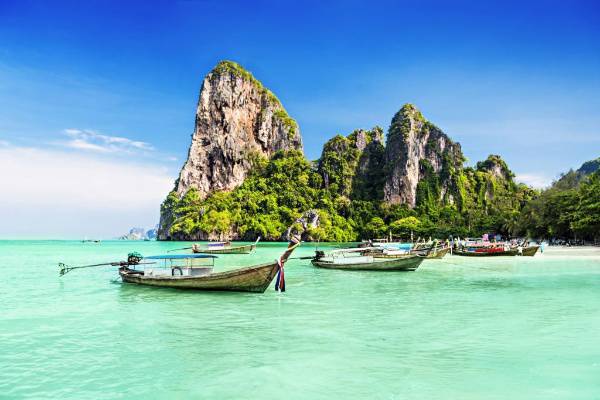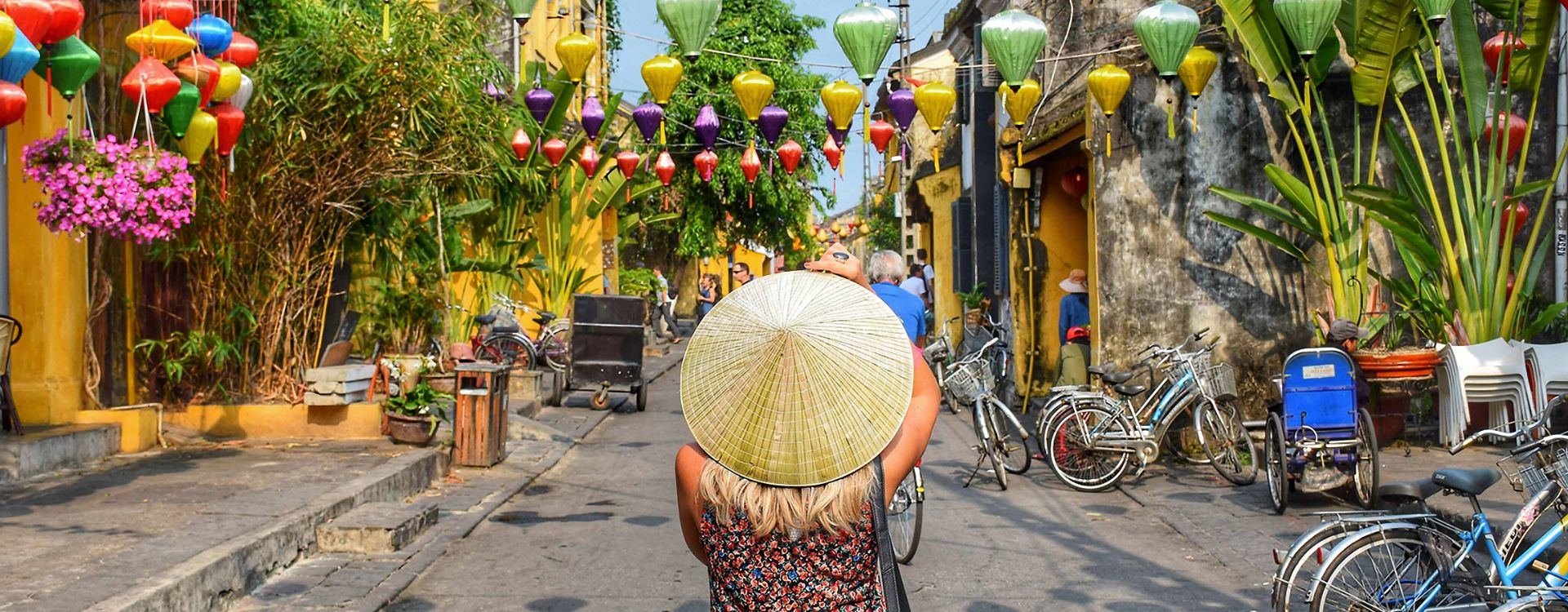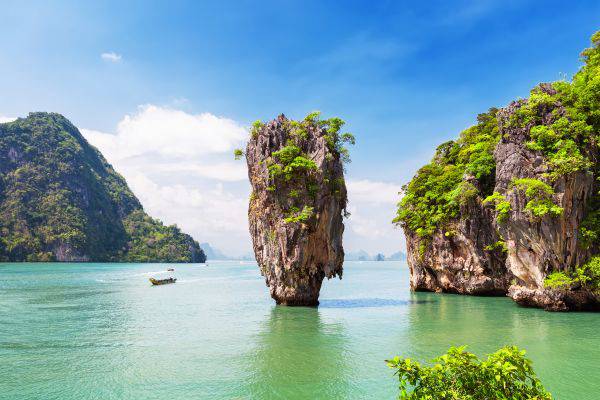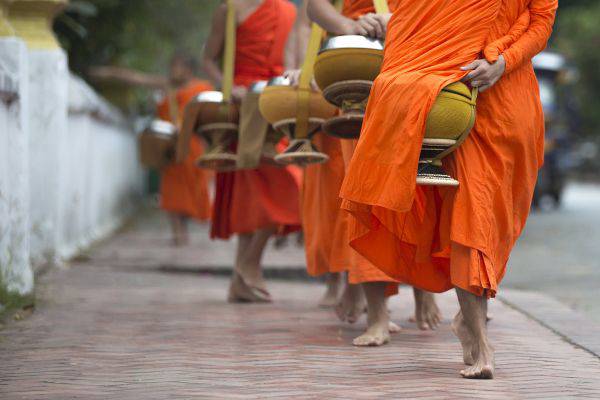When is the best time to travel to Vietnam? A month-by-month guide for every traveler
Vietnam is a country of dazzling diversity – from misty mountains and golden rice terraces in the north to central coastlines dotted with ancient towns to lush river deltas and tropical islands in the south. With its narrow S-shape stretching over 1,600 kilometers from north to south, Vietnam offers a wide range of climates and landscapes. That’s why picking the right time to visit is key to making the most of your journey.
There’s no one-size-fits-all answer to the question, “When is the best time to travel to Vietnam?” The ideal travel season depends not only on weather conditions but also on your travel goals – whether you’re chasing adventure, cultural immersion, beach relaxation, or culinary delights. This guide breaks down the best time to visit Vietnam by region, month, and travel interest so you can plan the perfect trip.
1. Understanding Vietnam’s climate by region
-
Northern Vietnam: Hanoi, Ha Long Bay, Sapa, Ninh Binh
Northern Vietnam experiences all four seasons: spring, summer, autumn, and winter. The best times to visit are spring (March to April) and autumn (September to November) when the weather is pleasant and the landscapes are lush and green. These seasons offer clear skies and mild temperatures, ideal for sightseeing in Hanoi, cruising Ha Long Bay, or trekking through Sapa.
Summer (May to August) can be hot and humid, with occasional downpours, especially in July and August. Winter (December to February) brings colder temperatures, especially in the mountains, where it can drop below 10°C (50°F) and even snow in Sapa.
Highlights:
- March to April: blooming flowers, rice terraces turning green
- September to November: golden rice season in Sapa, cool and dry weather
- Avoid: January in mountainous areas if you dislike the cold
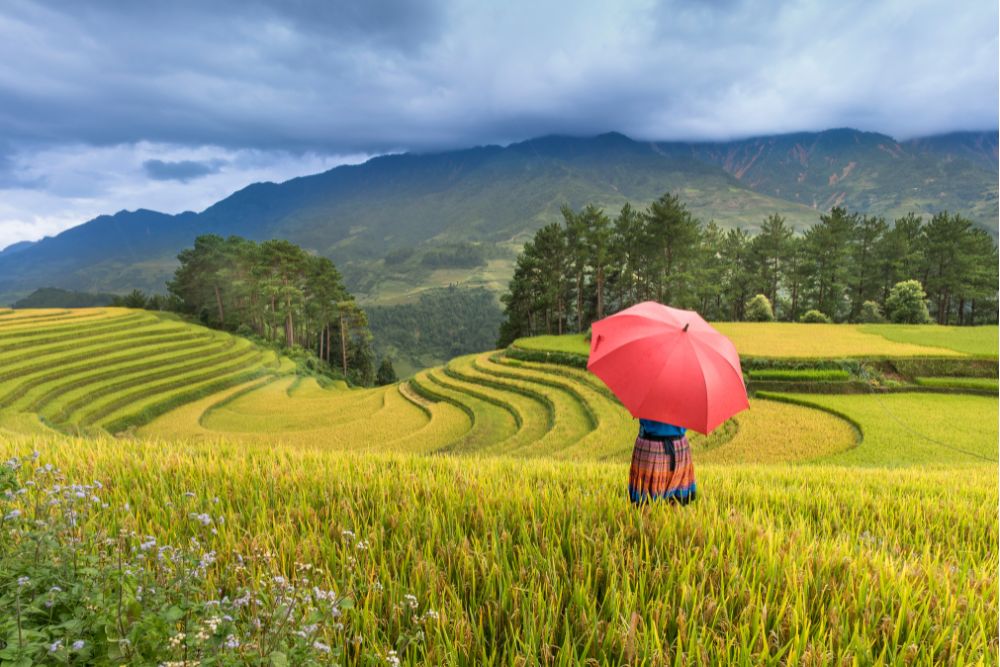
-
Central Vietnam: Hue, Da Nang, Hoi An, Phong Nha
Central Vietnam is known for its sunny beaches, historic cities, and ancient ruins. The dry season lasts from February to August, with the best beach weather between April and July. This region is more prone to typhoons and heavy rain between September and November, especially in Hue and Hoi An, which can suffer from flooding.
That said, the spring months (February to April) are ideal for both cultural exploration and outdoor activities, while the early summer months are perfect for beach lovers.
Highlights:
- February to April: pleasant for sightseeing in Hue and Hoi An
- June to August: great beach weather, clear skies in Da Nang
- Avoid: October to November due to risk of typhoons and floods

-
Southern Vietnam: Ho Chi Minh City, Mekong Delta, Phu Quoc
Southern Vietnam enjoys a tropical climate with two distinct seasons: the dry season (December to April) and the rainy season (May to November). The dry season is the most popular time to visit, especially for exploring the Mekong Delta or relaxing on the beaches of Phu Quoc.
Rainy season usually consists of brief afternoon showers, and while it’s still possible to travel, the humidity and flooding can be uncomfortable for some.
Highlights:
- December to April: dry and sunny, perfect for outdoor exploration
- January: vibrant Tet preparations in Ho Chi Minh City
- Avoid: June to September for beach trips, as rain can affect sea clarity

2. Month-by-month travel guide to Vietnam
- January: A festive time as Vietnam prepares for Tet (Lunar New Year). The weather is cool and dry in the north and warm in the south. Some businesses close during Tet, but it’s a unique cultural experience.
- February: Spring begins in the north, with blooming peach blossoms and plum flowers. Central and southern Vietnam are sunny and pleasant – perfect for beach lovers and cultural explorers.
- March: One of the best months overall. The whole country enjoys dry and moderate weather. Rice fields are vibrant, and the skies are clear for trekking or cruising.
- April: Still excellent for travel across all regions. Central beaches start heating up, and the north is full of life before the summer heat kicks in.
- May: The start of summer in the north and center. While temperatures rise, it’s a good time to visit before the rainy season arrives. Southern Vietnam begins seeing more showers.
- June: Ideal for beach holidays in Da Nang or Nha Trang, though northern areas get hot. Southern rains are usually short and not a deal-breaker.
- July: Peak domestic tourism season due to school holidays. Expect crowds at beaches and popular sites. Rain increases in the south and highlands.
- August: Rain continues in the south and north, but it is still manageable for flexible travelers. Central Vietnam remains sunny and warm.
- September: A transitional month. Rain tapers off in the north; rice fields turn golden in Sapa. Central Vietnam may start seeing typhoons, so check forecasts before planning.
- October: Great for the north and south—cooler temperatures and less rain. Central Vietnam is still in storm season.
- November: One of the best months for travel across the north and south. Central Vietnam is improving but is still risky for floods.
- December: Dry season returns in the south. Northern Vietnam is cooler and more charming in winter fog. Good for cultural travel and holiday vacations.
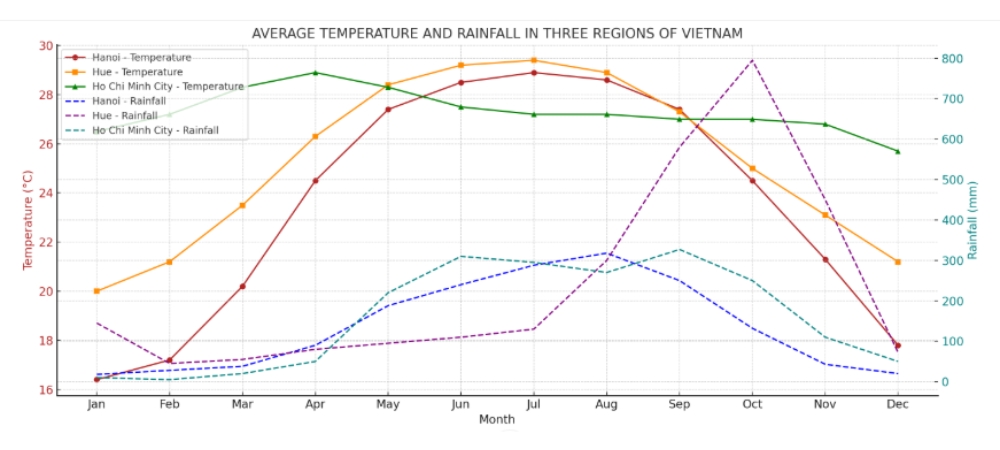
3. When to go based on your travel style
For Nature and Adventure Lovers
You’ll want to hit the northern mountains during March–May or September–November, when the scenery is most dramatic and the weather is mild for trekking and motorbike adventures.
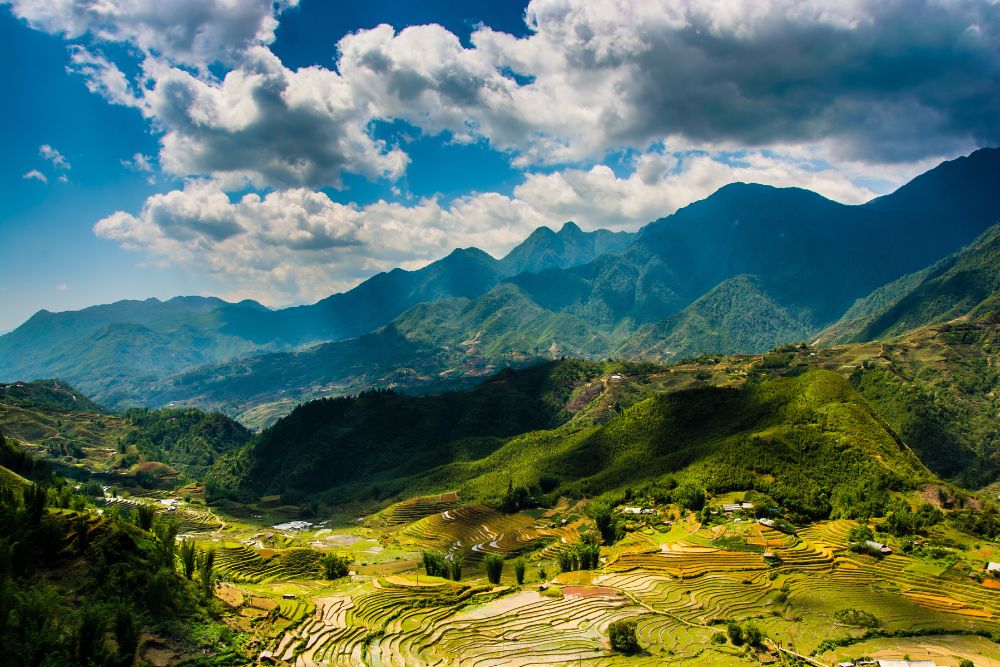
For Culture Seekers
Visit during Tet (late January or early February) to witness Vietnam’s most important holiday. Spring and autumn months offer great weather for temple visits, festivals, and exploring old towns.

For Beach Enthusiasts
The best time is March to August for central Vietnam (Da Nang, Hoi An) and December to April for southern beaches like Phu Quoc or Mui Ne. Avoid the monsoon months if crystal-clear waters and sunbathing are priorities.
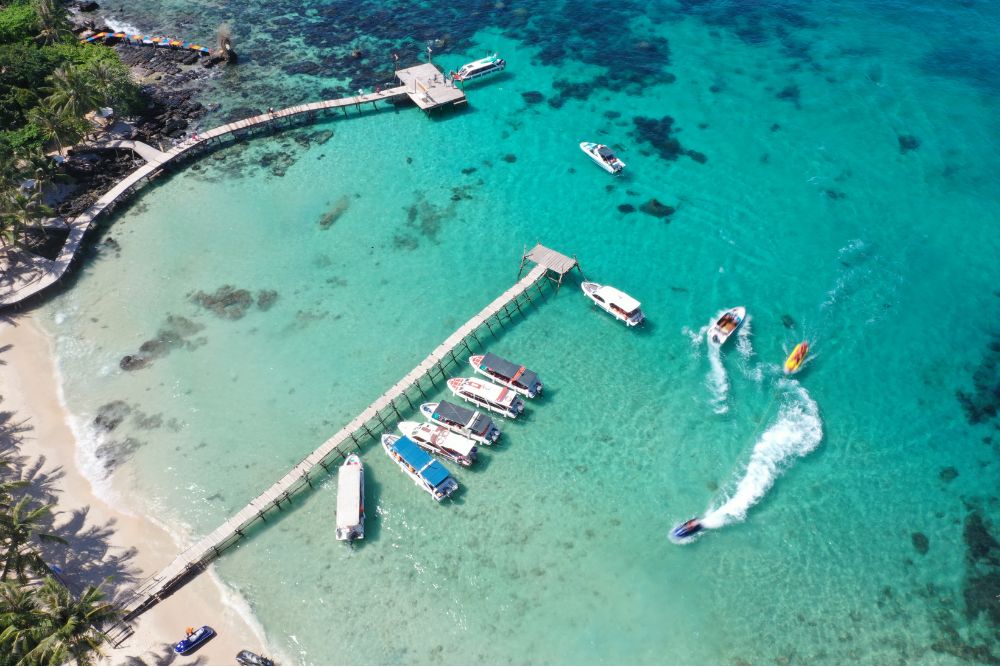
For Culinary Travelers
Vietnamese food varies by region and season. Street food is abundant year-round, but cooler months make hot dishes like pho even more comforting. Hanoi in autumn and Ho Chi Minh City in spring offer delicious seasonal specialties.

4. Tips for planning your trip
- Book early for holidays: Vietnamese New Year (Tet) is a busy period. Transportation and accommodation are often fully booked, and some services may be closed.
- Pack appropriately: Be prepared for regional differences – you might need a light jacket in the north and breathable clothes in the south at the same time.
- Stay flexible: If you’re traveling during shoulder seasons, have backup plans in case of rain or storms.
- Travel with a local operator: Especially during unpredictable weather seasons, a local tour company can help you adapt your plans and still enjoy the trip fully.
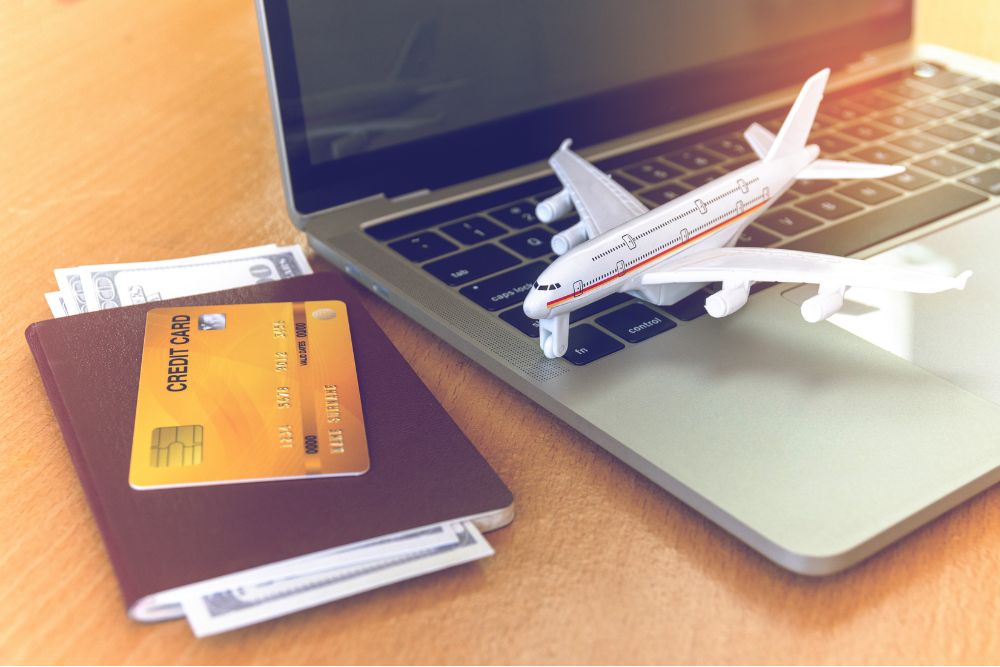
5. Tips for planning your trip
While some months are better than others for certain activities, Vietnam is a year-round destination. From spring flowers and summer beaches to autumn harvests and winter festivals, every season reveals a different side of the country. The “best” time to visit depends on what you want to experience. Whether you're watching lanterns light up Hoi An’s ancient streets, trekking through misty mountains, or enjoying a bowl of steaming noodle soup under the rain, Vietnam will leave you enchanted – any time of the year.
So, when will you pack your bags and come explore?
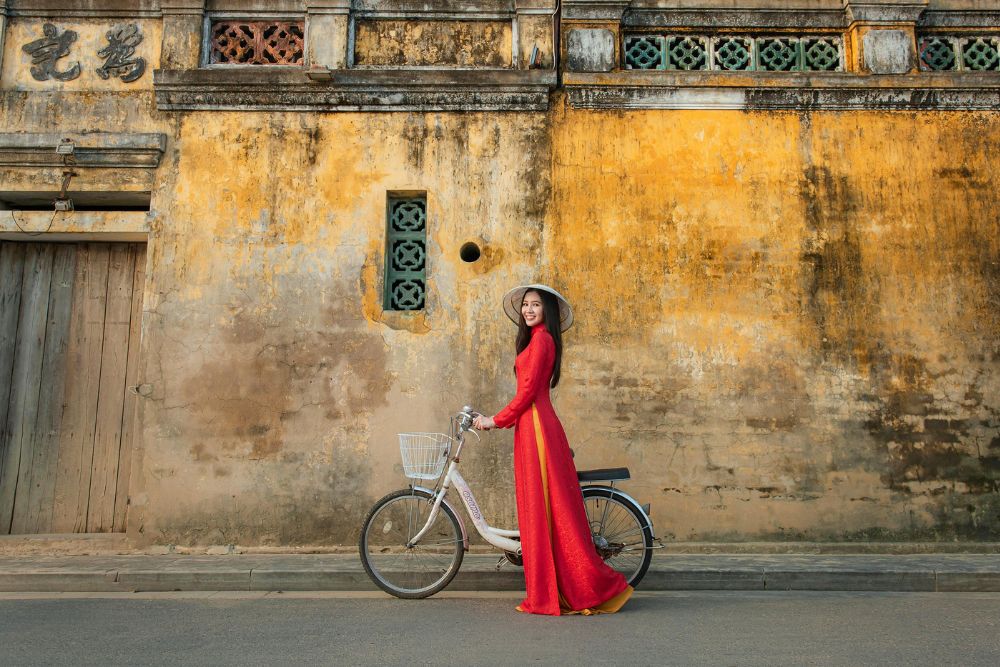




 English
English
 French
French
 Italian
Italian


